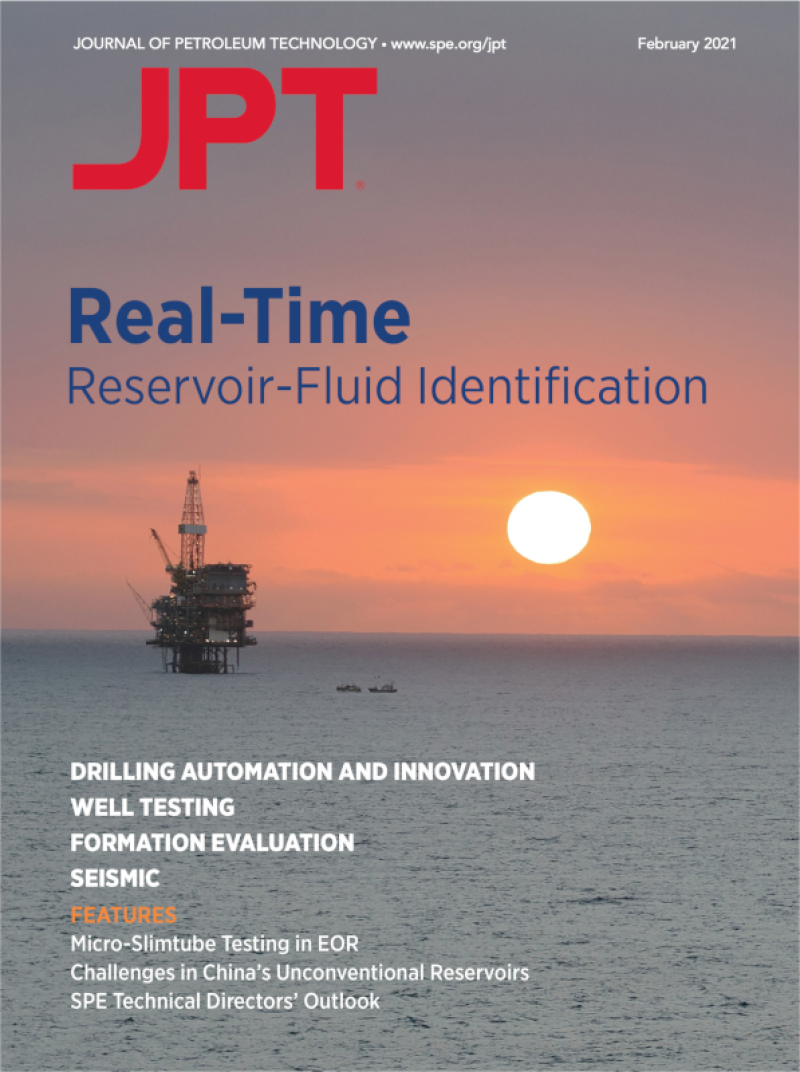JPT February 2021 Issue

On the Cover
The Peregrino B platform stands in the distance offshore Brazil. The Peregrino field is Equinor’s largest international operation outside of Norway. Source: Equinor/Ole Jørgen Bratland.
President's Column
I want to remind everyone reading this column that we in the upstream petroleum sector are very good at what we do. Like Dr. Spock (not Mr. Spock) stated, “You know more than you think you do.”
Monthly Features
-
The oil and gas industry, which had begun showing signs of recovery from a generational downturn, was brought to its knees by the COVID-19 pandemic in 2020. SPE’s technical directors reflect on the pandemic’s impacts and share their outlooks going forward in this annual roundup.
-
Interface Fluidics carved out a niche for itself in the oilfield testing sector a few years ago with a new alternative to coreflooding. Now, along with Equinor, the Calgary-based company is taking on another industry laboratory stalwart: the slimtube test.
-
Innovators at the Norwegian oil company have developed a machine-learning model that analyzes mud-gas data to predict the gas/oil ratio of wells as they are drilled—something that the industry has worked for decades to accomplish.
-
Shell and Tomson Technologies completed field trials in the Gulf of Mexico using new nanoparticle-enabled phosphonate and polymer inhibitors that improve the treatment lifetime of scale squeezes.
-
In striving to boost production of shale gas and tight oil, China is trying enhanced-hydraulic-fracturing technology and real-time data analysis in the Sichuan shale basin. In Daqing’s tight-oil fields, an alternative fracture-completion strategy and post-stimulation flowback technology has been tested.
Technology Focus





















